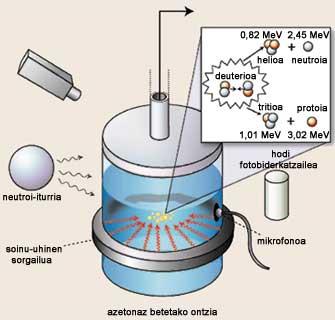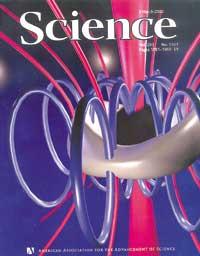Bubble Fusion

In March, the journal Science stirred controversy over the decision to publish an uncertain article, which has been expanded with a new research recently published.
In March, some U.S. physicists from the Oak Ridge laboratory in Tennessee wrote in an article that succeeded in provoking a cold fusion. The team was led by physicist Rusi Taleyarkhan. Another team from the same organization tried to repeat the experiment but did not succeed. However, Science magazine decided to publish Taleyarkhan's article, a decision that was justified by editor Donald Kennedy in the March 8 issue published by To Publish or Not to Publish.

In this experiment an alleged fusion was achieved by using acetone; in the bubbles generated in this solvent the deuterium was merged due to the action of sound waves. It is believed that the merger occurred during the implosion of the bubbles. Now, a group from the University of Illinois observes the implosion of bubbles in another experiment, published in the journal Nature on July 25.
They have used air bubbles in the water. The process has been launched under the influence of sound waves and reactions have been detected between the gases trapped inside when the implosion of the bubbles occurs. These reactions dispel the heat needed for fusion to occur. Consequently, reactions prevent fusion, it has been confirmed that cold fusion is practically impossible.
The decision of the journal Science was therefore not very successful, so several critical opinions have been issued. In addition, the hope of unlimited energy has declined again.
Those experiments on cold fusion are presented in the April issue of Elhuyar Zientzia eta Teknika magazine.





